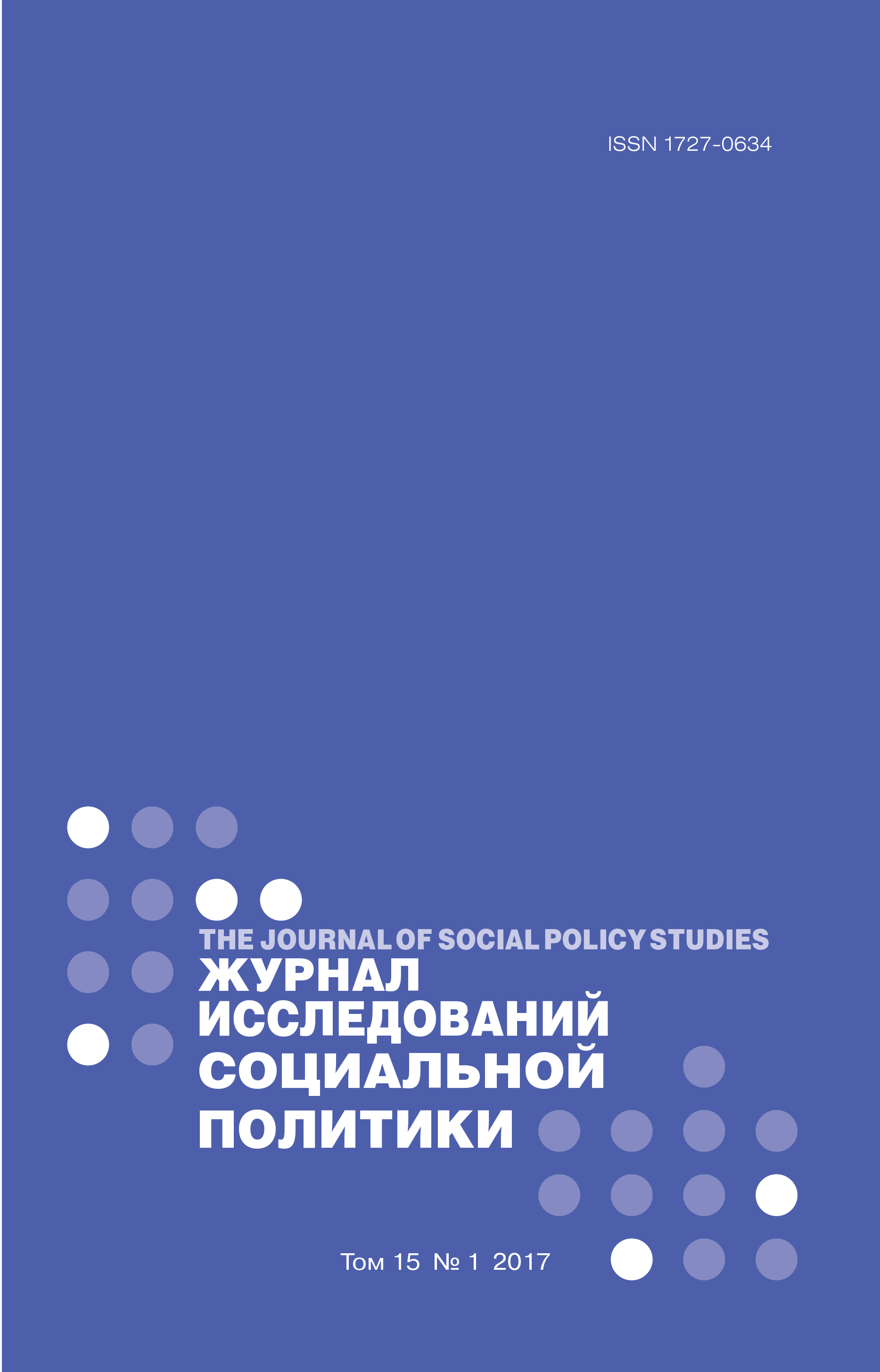The Case of the Fence, Table and Bench: Orders of Worth in the Allocation of Places within a Cemetery
Abstract
In this article, different justifications underlying practices of burial and land use in a public municipal cemetery outside the village of Isheyevka are considered. We describe and interpret the ideas of justice operating in this location, as well as revealing the influence of the cultural and social context on the formation of similar practices. The empirical base of the article was taken from a court case in Ulyanovsk Regional Court, which concerned a conflict between two women, both of whom resided in a nearby workers’ settlement. At the heart of the judicial proceeding was a struggle to obtain a place in the public municipal cemetery and install a fence, table and bench there. The participants in this dispute were convinced of the legitimacy of their respective claims and, in 2013, they referred the matter to Ulyanovsk Regional Court, which was forced to rule on ‘shadow’ practices not typically regulated by the law. From the standpoint of a regulatory approach, informal practices are viewed as a response to inconsistencies in federal, regional and local regulations over ritual burial services. However, the cultural and social context still must be clarified, and it is here there are two conclusions that can be drawn. Firstly, Russia’s funeral services market is still very much in the shadow of Soviet funeral practices, where the main prerogative was to delegate all burial responsibilities to municipalities. This meant that for a number of decades it was common practice for many Soviet citizens to bury their relatives by themselves; this includes making graves and coffins, and searching for a burial place. In examining this court case we find that many of these practices continue to exist in modern Russia. Secondly, the practice of allocating space in the cemetery itself is a complex form of bargaining and agreement, often based on local traditions. Thus, this practice became a resource of justification for the claims of plaintiffs’, creating their special order of worth. This study shows, above all, how different orders of worth confront and interact with one another.















